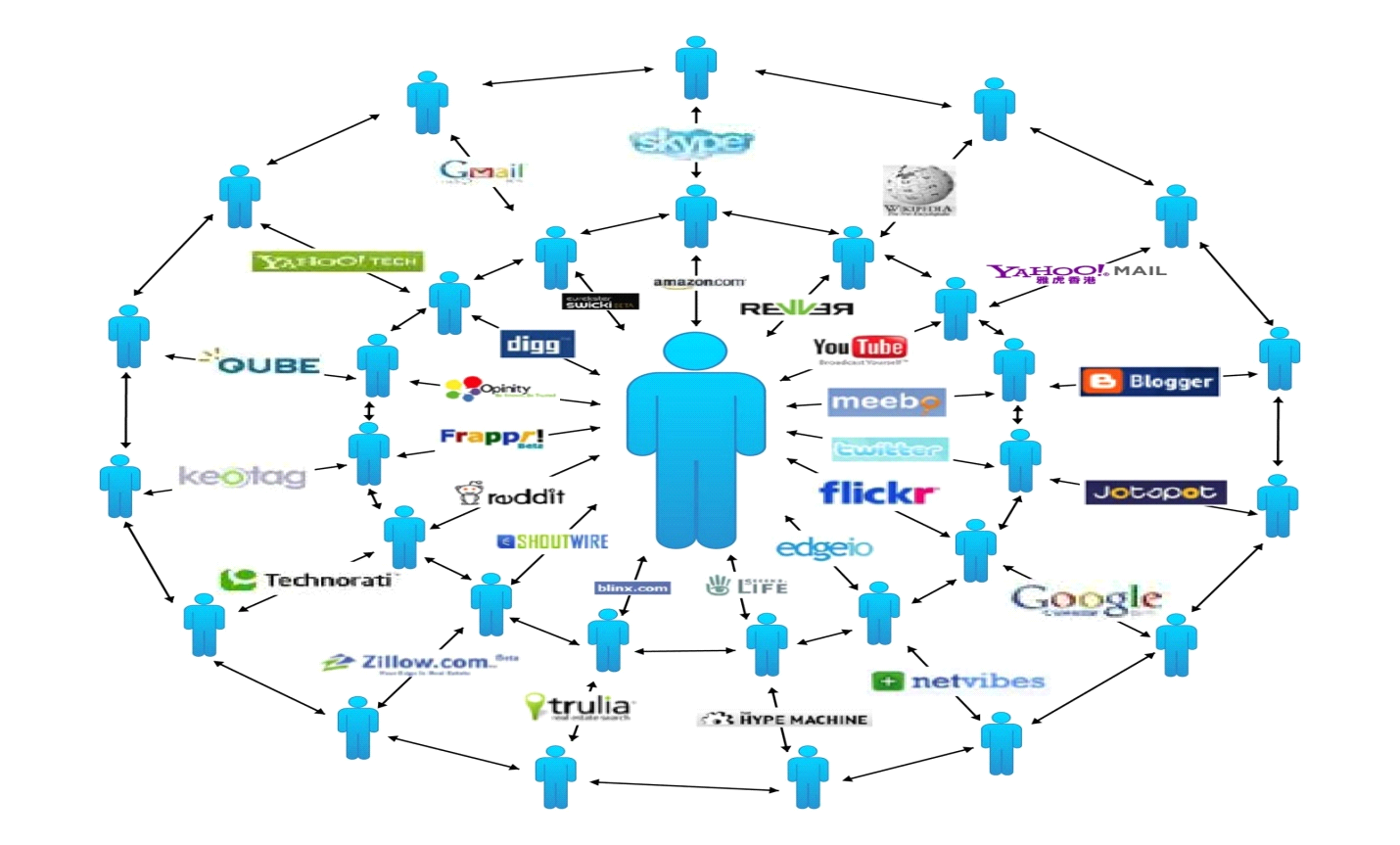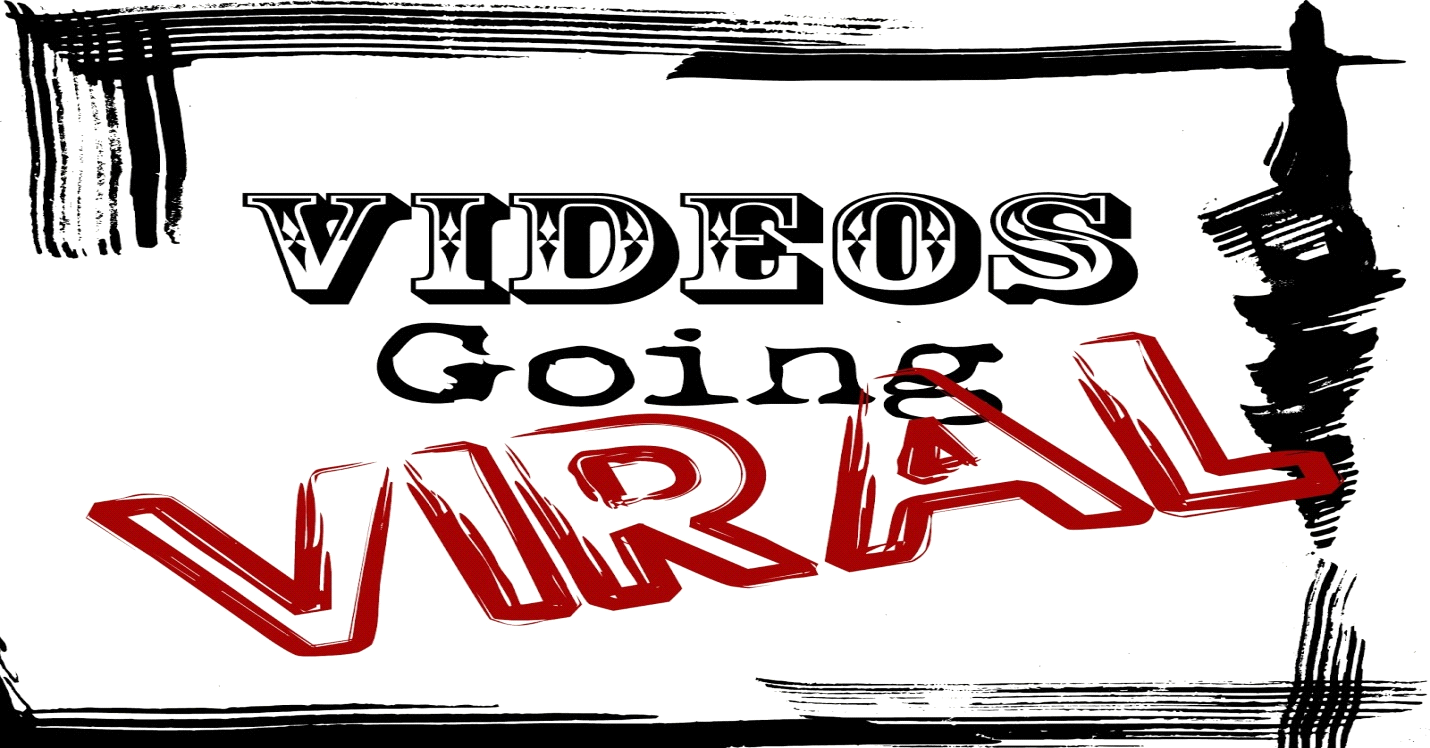
 |
Have you ever wondered how or why some videos on You Tube and the Internet are viewed millions of times while others hardly receive any views at all? Watch and listen to the videos and talks in this fun and captivating activity to learn some possible theories about why some videos ‘go viral’, and how you may substantially increase the number of viewers your videos receive. |
 |
| http://quizlet.com/23388331/task-a4-kevin-allocca-on-ted-talks-why-videos-go-viral-vocabulary-revision-exercise-flash-cards/ |
 |
Recorded by James Michael Francis King, Written by Jonah Lehrer |
 |
| http://quizlet.com/23190002/smartphone-addiction-your-ego-in-your-hand-flash-cards/ |
| Kevin Allocca: | Hi. I'm Kevin Allocca, I'm the trends manager at YouTube, and I professionally watch YouTube videos. It's true. So we're going to talk a little bit today about how videos go viral and then why that even matters. We all want to be stars -- celebrities, singers, comedians --and when I was younger, that seemed so very, very hard to do. But now Web video has made it so that any of us or any of the creative things that we do can become completely famous and a part of our world's culture. I mean, any one of you could be famous on the Internet by next Saturday. But there are over 48 hours of video uploaded to YouTube every minute. And of that, only a tiny percentage ever goes viral and gets tons of views and becomes a cultural moment. So, how does it happen? Three things: tastemakers, communities of participation and unexpectedness. All right, let's go. |
| (Video) Bear Vasquez: | Oh, my God. Oh, my God. Oh, my God! Wooo! Ohhhhh, wowwww! |
| http://www.youtube.com/watch?v=OQSNhk5ICTI | |
| Kevin Allocca: | Last year, Bear Vasquez posted this video that he had shot outside his home in Yosemite National Park. In 2010, it was viewed 23 million times. (Laughter) This is a chart of what it looked like when it first became popular last summer. But he didn't actually set out to make a viral video, Bear. He just wanted to share a rainbow. Because that's what you do when your name is Yosemite Mountain Bear. (Laughter) And he had posted lots of nature videos in fact. And this video had actually been posted all the way back in January. So what happened here? Jimmy Kimmel actually. Jimmy Kimmel posted this tweet that would eventually propel the video to be as popular as it would become. Because tastemakers like Jimmy Kimmel introduce us to new and interesting things and bring them to a larger audience. |
| (Video) Rebecca Black: | ♫ It's Friday, Friday. Gotta get down on Friday. ♫ ♫ Everybody's looking forward to the weekend, weekend. ♫ ♫ Friday, Friday. Gettin' down on Friday. ♫ |
| http://www.youtube.com/watch?v=kfVsfOSbJY0 | |
| Kevin Allocca: | So you didn't think that we could actually have this conversation without talking about this video I hope. Rebecca Black's "Friday" is one of the most popular videos of the year. It's been seen nearly 200 million times this year. This is a chart of what it looked like. And similar to "Double Rainbow," it seems to have just sprouted up out of nowhere.
So what happened on this day? Well it was a Friday, this is true. And if you're wondering about those other spikes, those are also Fridays. (Laughter) But what about this day, this one particular Friday? Well Tosh.0 picked it up, a lot of blogs starting writing about it. Michael J. Nelson from Mystery Science Theater was one of the first people to post a joke about the video on Twitter. But what's important is that an individual or a group of tastemakers took a point of view and they shared that with a larger audience, accelerating the process. And so then this community formed of people who shared this big inside joke and they started talking about it and doing things with it. And now there are 10,000 parodies of "Friday" on YouTube. Even in the first seven days, there was one parody for every other day of the week. (Laughter) Unlike the one-way entertainment of the 20th century, this community participation is how we become a part of the phenomenon -- either by spreading it or by doing something new with it. (Music) So "Nyan Cat" is a looped animation with looped music. It's this, just like this. It's been viewed nearly 50 million times this year. |
| http://www.youtube.com/watch?v=QH2-TGUlwu4 | |
| Kevin Allocca: | And if you think that that is weird, you should know that there is a three-hour version of this that's been viewed four million times. (Laughter) Even cats were watching this video. (Laughter) Cats were watching other cats watch this video. (Laughter) All right. But what's important here, what's important here is the creativity that it inspired amongst this techie, geeky Internet culture. There were remixes. (Laughter) Someone made an old timey version. (Laughter) And then it went international. (Laughter) An entire remix community sprouted up that brought it from being just a stupid joke to something that we can all actually be a part of. Because we don't just enjoy now, we participate. And who could have predicted any of this? Who could have predicted "Double Rainbow" or Rebecca Black or "Nyan Cat?" What scripts could you have written that would have contained this in it? In a world where over two days of video get uploaded every minute, only that which is truly unique and unexpected can stand out in the way that these things have. When a friend of mine told me that I needed to see this great video about a guy protesting bicycle fines in New York City, I admit I wasn't very interested. |
(Video) Casey Niestat: | So I got a ticket for not riding in the bike lane, but often there are obstructions that keep you from properly riding in the bike lane. (Laughter) |
| http://www.youtube.com/watch?v=bzE-IMaegzQ | |
| Kevin Allocca: | By being totally surprising and humorous, Casey Niestat got his funny idea and point seen five million times. And so this approach holds for anything new that we do creatively. And so it all brings us to one big question ... |
| (Video) Bear Vasquez: | What does this mean? Ohhhh. (Laughter) |
| Kevin Allocca: | What does it mean? Tastemakers, creative participating communities, complete unexpectedness, these are characteristics of a new kind of media and a new kind of culture where anyone has access and the audience defines the popularity. I mean, as mentioned earlier, one of the biggest stars in the world right now, Justin Bieber, got his start on YouTube. No one has to green-light your idea. And we all now feel some ownership in our own pop culture. And these are not characteristics of old media, and they're barely true of the media of today, but they will define the entertainment of the future. Thank you. (Applause) |
